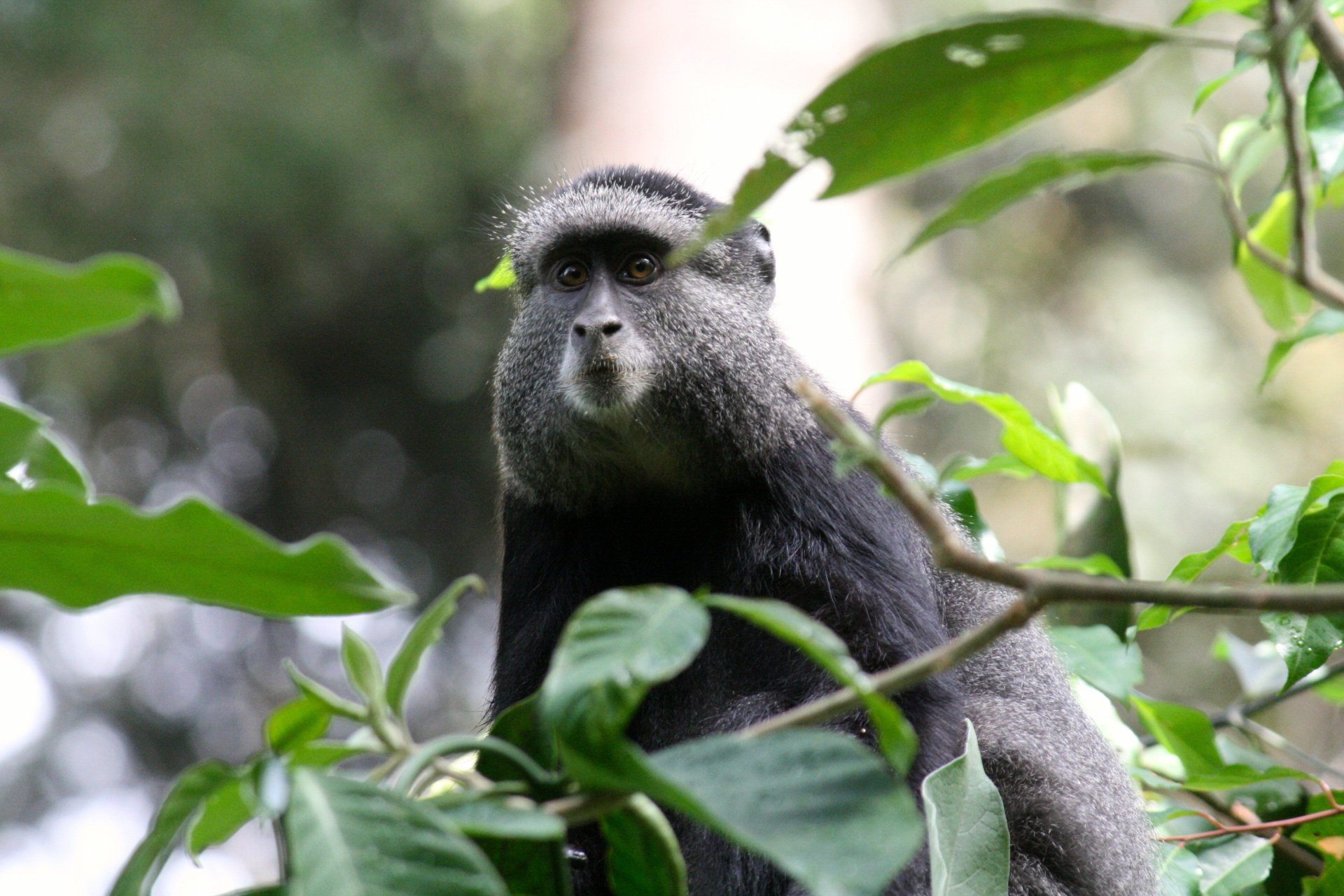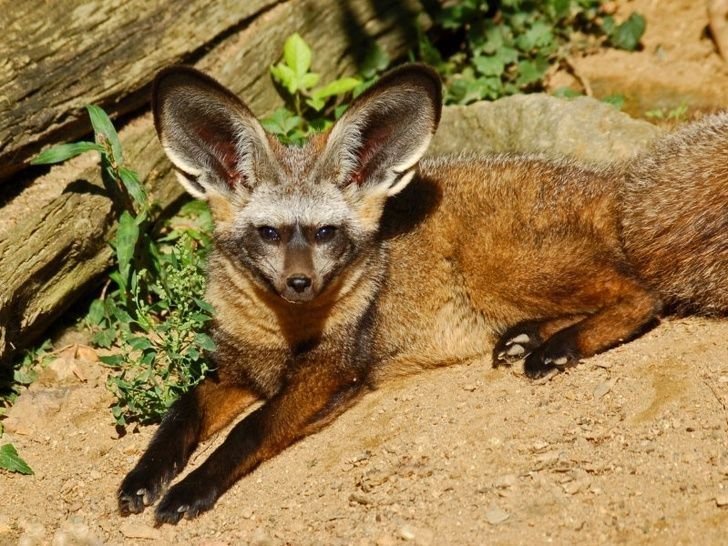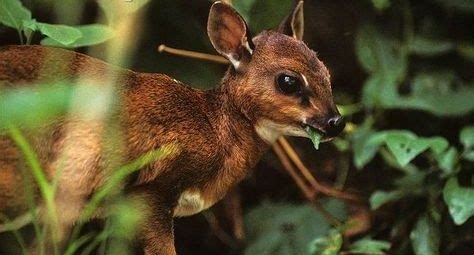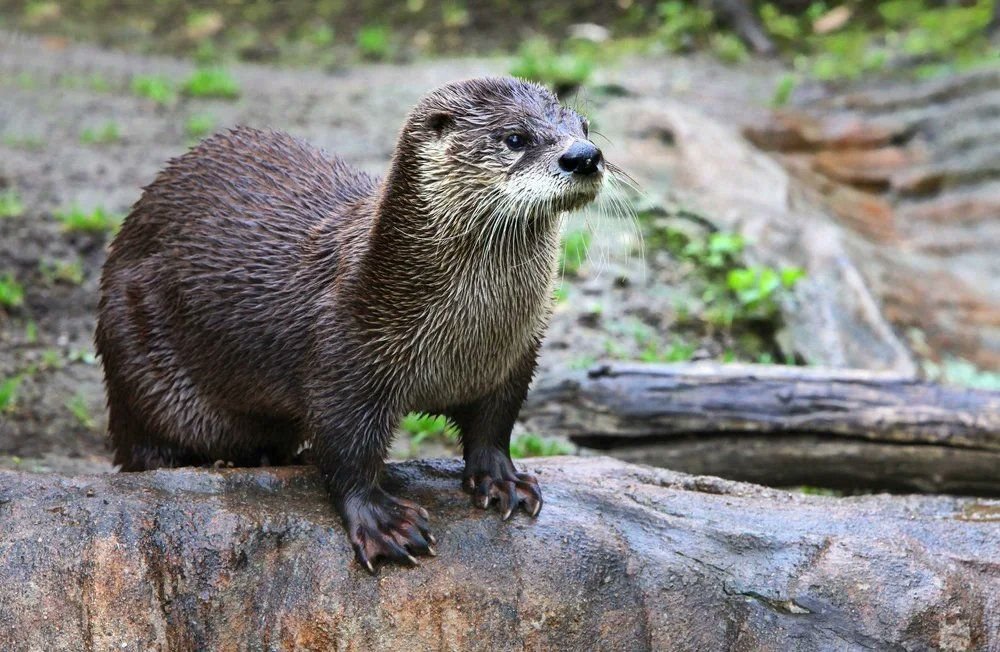The Lion
Most African countries hold lions in high regard as emblems of bravery and valour. In Uganda, they are known as the "king of the beasts" because they are seen as symbols of royalty, strength, and bravery.

The lion, or Panthera leo, is a species of big cat found across Africa and India. Its body is strong and broad across the chest; its head is small and rounded; its ears are similarly shaped; and its tail ends in a hairy tuft. Because of sexual dimorphism, adult male lions are much bigger than adult females and have manes that stand out more. This animal forms groups known as prides and is hence a sociable species.
The term "pride" refers to a group of cubs, including both adult males and females and their young. Female lions frequently hunt in packs, primarily targeting huge ungulates.
Individual lions will scavenge when they get the chance, and humans have been caught on camera being hunted by lions, but lions as a whole don't usually look for and eat people.
The lion is a stocky feline with a small, rounded head, a reduced neck, and round ears. The colours of its fur range from white to grey to silver to reddish yellow to deep brown. Usually, the undersides have more pastel tones.
The dark spots on a lion cub's fur disappear as it matures, though the marks can linger in a more subtle form on the legs and underside. Only the lion shows clear signs of sexual dimorphism among cats.
Males' heads are larger, and they sport a thick mane that drapes over their entire body. Often, the mane will be a shade of brown with highlights of yellow, rust, and black. All lions have a tuft of dark, hairy fur at the very end of their tails.
Behaviour of Lions.
As a species, lions don't move around much. On average, they sleep for twenty hours a day. Even though lions can be active at any time, they are most social, grooming each other and going to the bathroom around sunset. Hunting typically occurs between the hours of midnight and sunrise, when there is a brief flurry of activity. On average, they spend two hours a day on foot and fifty minutes a day eating.
The lion has the highest social structure of any wild felid, as it typically congregates with its own kind and raises its young in a family unit. A "pride" is a term for a group like this. A coalition is a group of male lions.
The females in a pride are the backbone of the community and do not accept new females of the same gender. Only the birth and death of lionesses causes a shift in the pride's membership, though some females do leave and become nomadic. About 15 lions make up a typical pride, including several adult females, four adult males, and their cubs of both sexes.
When male cubs become sexually mature, which usually happens between the ages of two and three years, their mothers don't let them back into the pride. Some lions, known as "nomads," have large home ranges and travel widely, either in small groups or alone.
A pride's territory is called a "pride region," while a nomad's territory is called a "range." Most males in a pride will not venture too far inside its territory, preferring instead to guard its outskirts.
While both sexes contribute to pride defence, the male lion's bulkier, more robust frame makes him a more effective fighter. Sometimes one person will take the lead in repelling invaders while another will lag behind.
LIons’ Diet.
Since it feeds on such a wide variety of animals, the lion is viewed as an apex and keystone predator.
The blue wildebeest, plains zebra, African buffalo, gemsbok, and giraffe are among its favourite prey, but it feeds on a wide variety of species. Even though most warthogs are smaller than what lions like to eat, they still eat them when they are around.

Adult elephants, rhinoceroses, and hippos are usually avoided, as are smaller animals like the dik-dik, hyrax, hare, and monkey. Some animals that are considered unusual prey are porcupines and small reptiles. Even though they kill leopards, cheetahs, and spotted hyenas, lions rarely eat them.
How to locate Uganda's lions.
The three major savanna parks in Uganda are where you're most likely to see lions: Murchison Falls National Park (MFNP), Kidepo Valley National Park (KVNP), and Queen Elizabeth National Park (QENP) . Tourists who visit Queen Elizabeth National Park have given the Ishasha lions the name "Ishasha tree-climbing lions" because of their strange habit of climbing trees.
Everyone who visits Uganda does so in part because of its reputation for housing mountain gorillas; lions are a close second. In 2006, the WCS did a study that found that each lion in Queen Elizabeth National Park brings in about USD 13,500 a year in tourism revenue for Uganda. The fact that visitors would extend their stay for the chance to view lions was a contributing factor.
What's Your Reaction?
 Like
1
Like
1
 Dislike
0
Dislike
0
 Love
0
Love
0
 Funny
0
Funny
0
 Angry
0
Angry
0
 Sad
0
Sad
0
 Wow
0
Wow
0













































































